When heading into a presentation, most people take a few essentials with them: a pen, a notepad, handouts, and perhaps some PowerPoint slides illustrating a proposal.
But what about a rabbit’s foot? A horseshoe? A wishbone?
Those who bring some kind of good luck charm with them into the boardroom are not alone. According to a study by Carey Morewedge, an associate professor of marketing at Questrom School of Business, and Eric Hamerman of Tulane University, reliance on superstition spikes when the stakes are high and a person wants to impress. For the study, published in Personality and Social Psychology Bulletin, Morewedge and Hamerman created six situations and called on more than 600 participants. Some participants were asked to answer trivia questions, others played a card game, and another group took a quiz. Across the different situations, they were offered supposed lucky charms or studied for any superstitious behavior.
The study found that people turn to their chosen charms in performance tasks that require the approval of others—using a lucky pen to ace a test—but not during tasks in which they are attempting to gain knowledge.
The researchers surmised that superstition gave people a sense of confidence or certainty as they went into performance tasks. During a presentation, they can’t predict how their audience will react or if a projector will malfunction. In these situations, when people feel they don’t have control of their surroundings, they tend to lean on luck.
So, if it’s a special pair of shorts that gives you confidence when giving a presentation—go ahead, wear them. Under your dress pants, of course.














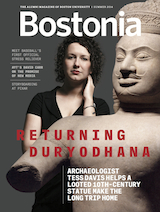





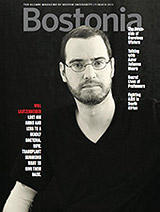


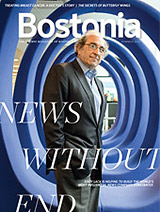
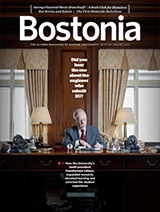

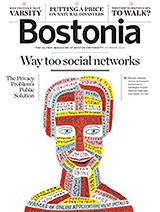



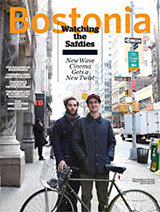




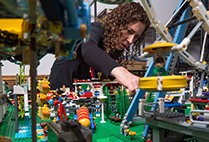









Related Stories
Forget Cannes and Sundance
BU’s Redstone Film Festival showcases best student films tomorrow
Hockey Terriers’ Pregame Rituals and Superstitions
Men and women on why they do what they do
A “Turbo Charge” for Your Brain?
CAS prof’s research could lead to tools to enhance brain function, treat disorders
Post Your Comment